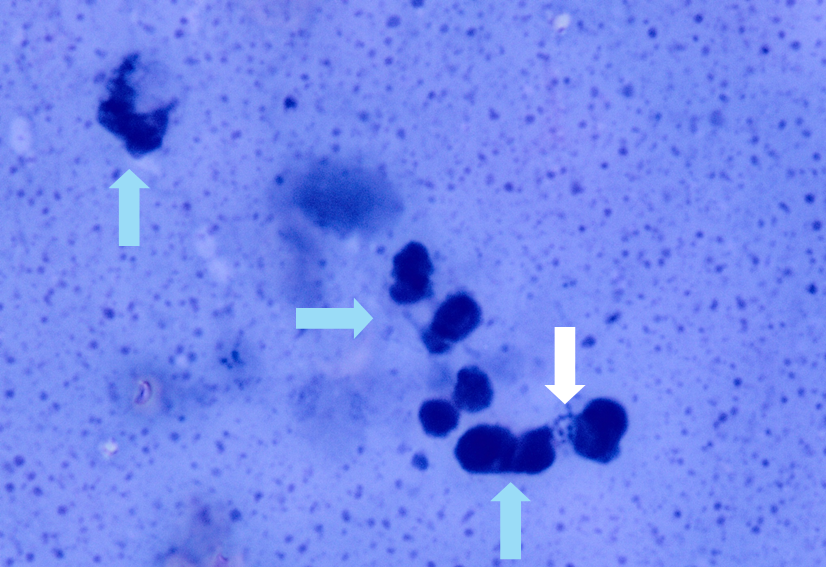When is a swab more than a swab?
Geoff OrbellSometimes knowing which gel swab to use for a given sample type or pathogen can be confusing. ESwab® are quickly becoming popular in veterinary medicine as they are extremely versatile and can be used for a variety of cultures including:· Aerobic and anaerobic culture· Fastidious bacteria e.g. Nocardia sp., rapidly growing Mycobacteria and Chlamydiaceae· Gram stains· Fungal culture, […]










